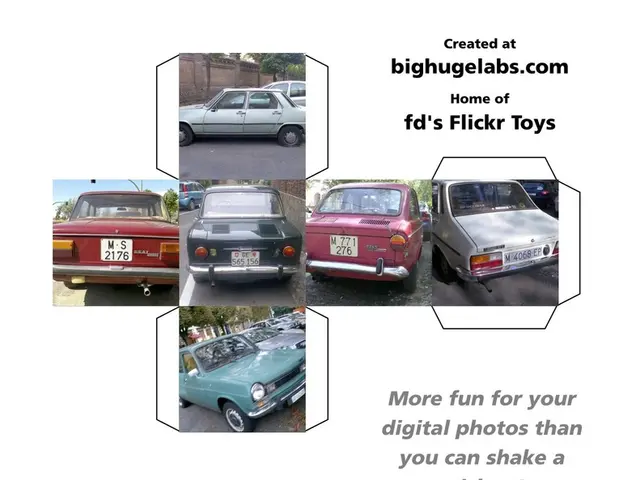Hyundai CEO holds talks with U.S. Trade Representative on collaborative prospects in shipbuilding.
Article:
In a recent development, Hyundai Heavy Industries (HD Hyundai) has upped its game in the shipbuilding sector by forging ahead with strategic collaborations with the U.S. This move reflects HD Hyundai's pivotal role in the U.S.'s mission to revitalize its shipbuilding industry, countering Chinese dominance.
Let's delve into the crux of their partnership.
- Executive-Level Talks: The CEO and Executive Vice Chairman of HD Hyundai, Chung Ki-sun, recently met with the U.S. Trade Representative, Jamieson Greer, at the APEC trade ministers' meeting in May 2025. This high-level dialogue marks HD Hyundai's commitment to bolster bilateral cooperation [1][2].
- Partnership with Huntington Ingalls Industries (HII): HD Hyundai has teamed up with HII, a major U.S. defense shipbuilder. This collaboration involves joint technology development and workforce training programs, firmly rooting HD Hyundai in U.S. shipbuilding ventures, particularly defense projects [1][3].
- Port Crane Manufacturing: Through its affiliate HD Hyundai Samho, HD Hyundai proposes to supply and manufacture port cranes for the U.S. market. This initiative supports the U.S.'s aims to phase out Chinese-made cranes from American ports, a sizable project estimated to cost around $20 billion. Chung emphasized the need for diversifying and strengthening the U.S. port equipment supply chain by bolstering cooperation with South Korea [1][2][3].
- Industry-Wide Collaborations: Other Korean conglomerates, such as Hanwha, are in talks with HD Hyundai to develop joint shipbuilding models tailored to meet U.S. energy and defense needs. These collaborations garner support from the U.S. Commerce Department and align with broader supply chain security strategies [4].
- Naval Shipbuilding Agreement: HD Hyundai has also struck a deal with the American Bureau of Shipping (ABS) to collaborate on international naval shipbuilding projects. This partnership reinforces HD Hyundai's strategic engagement in defense-related maritime construction [5].
In a nutshell, HD Hyundai is poised to serve as a cornerstone partner in the U.S. shipbuilding renaissance by spearheading joint technology development, workforce training, and supply chain diversification, particularly in defense and port infrastructure, in tandem with key U.S. industry and government stakeholders [1][2][3][4][5].
- The collaboration between Hyundai Heavy Industries (HD Hyundai) and Huntington Ingalls Industries (HII) in technology development will significantly impact the aerospace and defense industry, as they'll jointly drive innovation in defense shipbuilding.
- The business alliance between HD Hyundai and other Korean conglomerates, like Hanwha, aims to develop joint shipbuilding models for the U.S. market, especially focusing on energy and defense needs, thereby enhancing the U.S. industry's finance and technological capabilities.
- The proposed partnership between HD Hyundai and the American Bureau of Shipping (ABS) in international naval shipbuilding projects will contribute to the advancement of finance and technology in the aerospace and defense industry, enabling missions in various sectors including business, industry, and finance.








